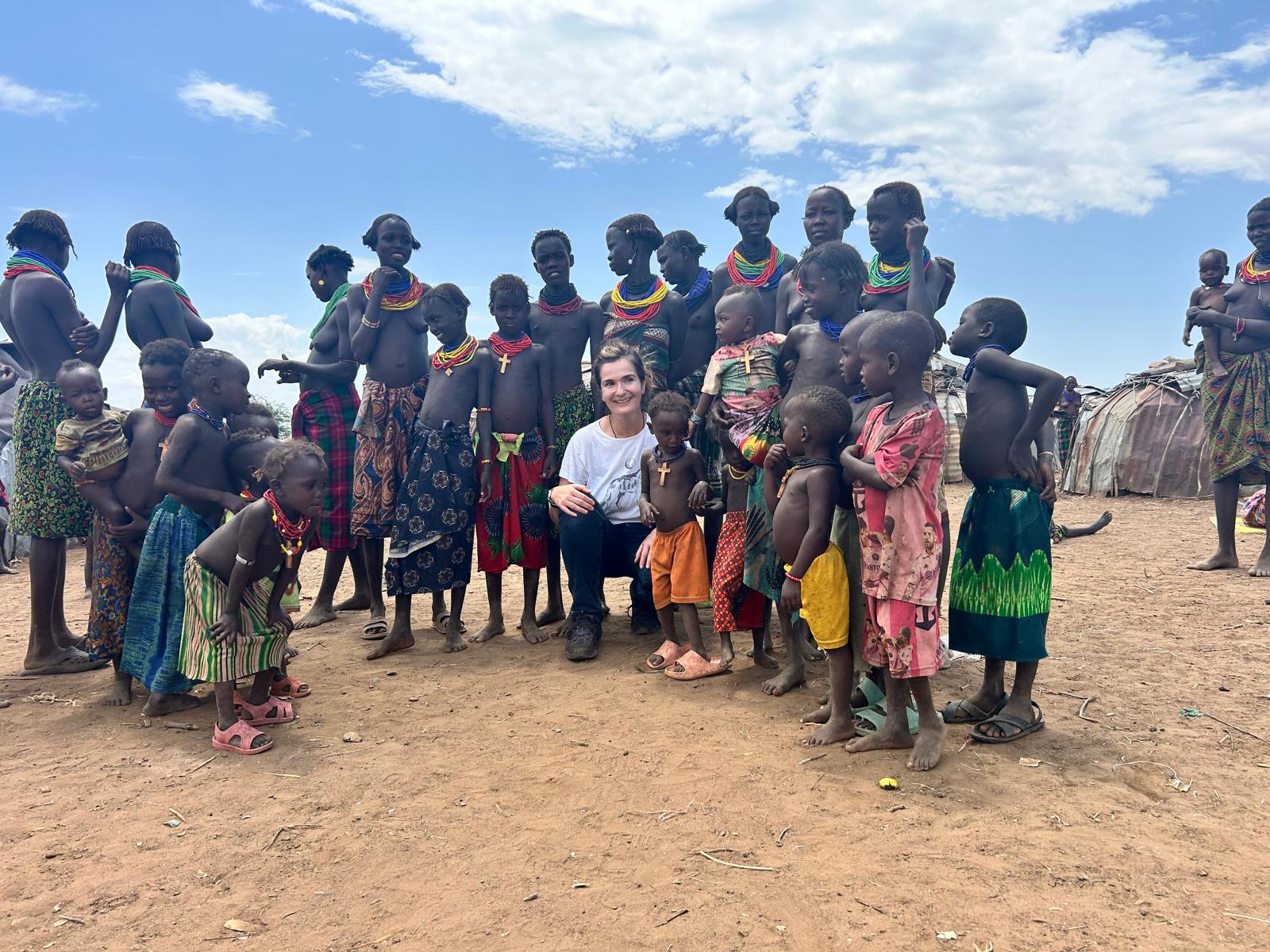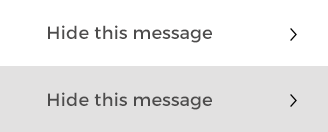Solo and women only travel is a growing part of the tourism market, especially in destinations where safety, trusted guides and meaningful cultural exchange are essential. Through our work in Uganda and Ethiopia, we've supported businesses to design products that give solo travellers the confidence to explore while channelling benefits back to communities.
In this guest blog, by Ivana Bajic-Hajdukovic, you can share her very personal journey following the Nile from Uganda to Ethiopia and Egypt, and what this experience reveals about connection, hospitality and the enrichment of travelling alone as a woman in Sub Saharan Africa, with the guidance and support of dedicated local tour operators.
An Unforgettable Adventure
Recently, I embarked on a solo journey through Sub-Saharan Africa, a region brimming with natural wonders, vibrant cultures, and unforgettable experiences. Travelling on my own was both exhilarating and daunting, but the lessons I gleaned and the connections I made have left an indelible mark on my spirit. As a social anthropologist, I felt a strong pull to follow the river from its two sources – the White Nile in Uganda and the Blue Nile in Ethiopia all the way to the Nile Delta in Egypt. Despite stark differences between these three countries, throughout the entire journey, I kept coming across connections – not just embodied in my encounters along the way, but also evidenced in material culture, languages, and practices shared among the incredibly diverse communities along the shores of the River Nile and its tributaries.
.jpeg)
Joining the dots of the River Nile
The journey started in Entebbe, Uganda, where I met my guide from Terrace Safaris, who took me to the source of the Nile, located in Lake Victoria. While I know that the true source of the Nile is probably further away in Rwanda or Burundi, Lake Victoria has long been considered the “source”. As an anthropologist, I was interested in observing how the River Nile shapes the lives and cultures of the people living nearby, and I accepted that Jinja in Uganda was the “source” of the Nile. After Jinja, I continued exploring the Victoria Nile on a 22 km rafting adventure that passed through Busowoko Falls and ended at Itanda Falls. Despite being a solo female traveller visiting Uganda for the first time, I never felt unsafe or worried.
Exploring the Blue Nile and southern Ethiopia
From Entebbe, I travelled to Addis Ababa, Ethiopia. This was the longest segment of my three-country trip along the River Nile. The plan was to visit the source of the Blue Nile and Lake Tana in the northern part of the country, followed by a five-day stay with indigenous communities in the south. In the months prior to this trip, the area around the Blue Nile source had been unstable, and the UK’s Foreign Office issued official advice against all travel to this part of the country. However, my guide’s contacts on the ground reassured us that it was safe to visit. Admittedly, there weren’t many tourists, but we still encountered some overseas visitors on Lake Tana and on the island where we visited one of the monasteries. This is not to suggest that one should disregard official advice, but rather that thorough research on safety from multiple sources should be conducted before making a final decision about whether to travel.
.jpeg)
The Warmth of Local Hospitality
My first stop in Addis Ababa was a culinary experience at my guide’s family home. My guide, Daniel from Source Ethiopia Tours, and his family have been teaching visitors from overseas how to cook Ethiopian food at their home for several years. Their generosity and openness made me feel at home, despite being thousands of miles away from my own family.
This heart-warming welcome to Ethiopia set the tone for the rest of my visit to this beautiful country. I spent years teaching the anthropology of food and explaining to my students the origins of coffee. Now, I was observing local communities picking coffee in the south of Ethiopia, the land where coffee originated. Everywhere we went, local communities welcomed us with broad smiles and open hearts, proudly talking about their customs and culture.

Facing Challenges and Embracing Growth
Travelling solo is not without its challenges. Navigating unfamiliar places, language barriers, and the occasional bout of homesickness required patience and adaptability. Yet, each obstacle became a lesson in resilience. I learnt to ask for help, to trust my instincts, and to embrace uncertainty with curiosity rather than fear.
Natural Wonders and Cultural Riches
Sub-Saharan Africa’s natural beauty is breathtaking. From the lush tea and coffee plantations in Uganda to the soaring escarpments of Ethiopia, every landscape told its own story. I sailed along the Nile in Uganda, Ethiopia and Egypt, traversed across the savannah in southern Ethiopia, before reaching my final destination in the north of Egypt. Each experience deepened my appreciation for the continent’s diversity and history.
Returning Home: Changed and Inspired
As my trip drew to a close, I reflected on how much I had grown. Travelling solo through Sub-Saharan Africa was more than ticking destinations off a list—it was about forging connections, challenging myself, and embracing the unexpected. I returned home with a renewed sense of confidence, a deeper understanding of the world, and memories that will inspire me for years to come.
Final Thoughts
If you’re contemplating a solo adventure to Sub-Saharan Africa, I wholeheartedly encourage you to take the plunge. The region’s warmth, beauty, and vibrancy await, promising not only unforgettable experiences but also profound personal growth. Safe travels!
Related
Comments
Nobody has commented on this post yet, why not send us your thoughts and be the first?



.png)





